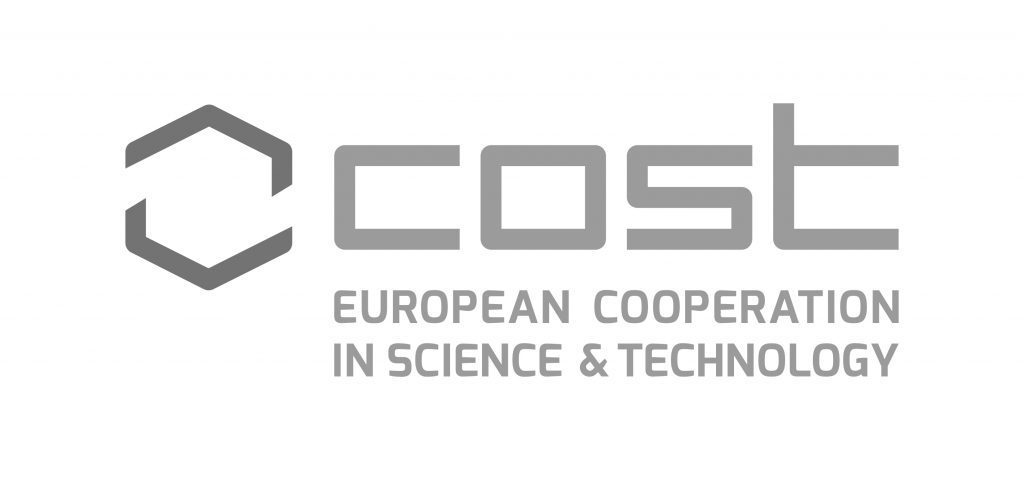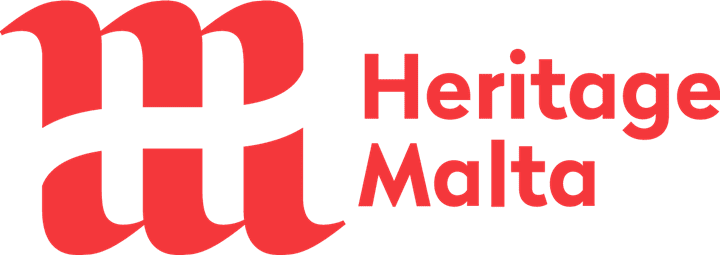Visiting the ancient quarries of White Marble in Paros, it is immediately realized the uniqueness of this enchanting underground site, along with the urgency to undertake actions aimed at recovering and enhancing it as a tourist destination.
The aim of the mission, in the UBH in Paros, is to identify stakeholders and to work jointly with them towards the definition of a sustainable strategy for the valorization of the Old Quarries. Stakeholders pointed out the opportunities deriving from the creation of an archaeological park in the ancient quarries. This would make the island attractive to cultural tourists, interested in learning about history, culture and traditions, thus differentiating Paros offer from other Cyclades islands. They also recognized constraints that have prevented to date the successful conservation and promotion of the Old Quarries. These included the strict control by the Minister of Culture and the administrative bureaucracy; the impossibility of accessing surrounding areas owned by private individuals; the instability of the underground galleries due to the mining activities in the nearby quarries.
Following a living lab approach, the discussion with the main stakeholders focused on their “vision” of the quarries, problems and ideas. Immediately, it became apparent the need to establish a dedicated organization in charge of supporting the institutions in elaborating and implementing an effective valorization project for this site. Likewise, emerged the importance to engage the local community through participative tools.
In this direction, a possibility arises from the establishment of a not-for-profit organization that gathers representatives of the main stakeholders whose scope of action would be: a) the collection of funds; b) the definition of essential studies including, e.g., geotechnical research to locate galleries; c) definition of a shared vision of the ancient quarries to be used for the storytelling centred on the incomparable story and cultural value of the Paros marble; d) elaboration of a plan for the archaeological park, with attention to both the “space visit” (in the underground) and “around the space” (in the overground); e) participation to events aiming at increasing the recognition of the site and supporting the process for its inclusion among UNESCO heritage sites.








